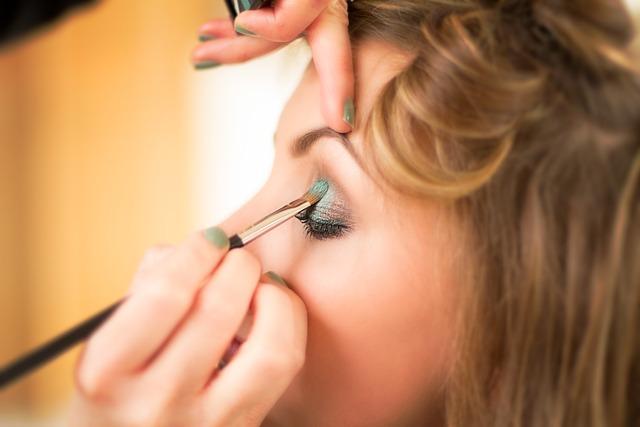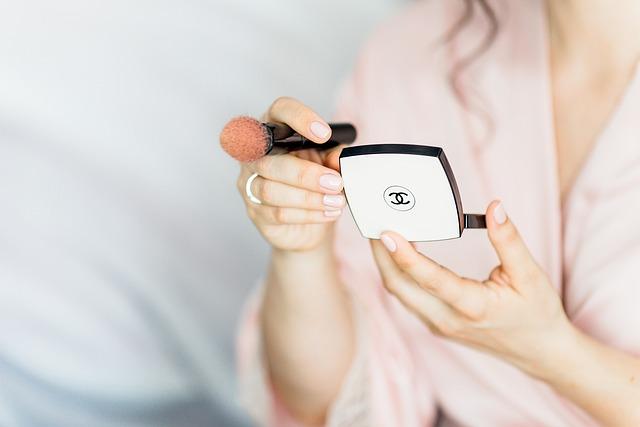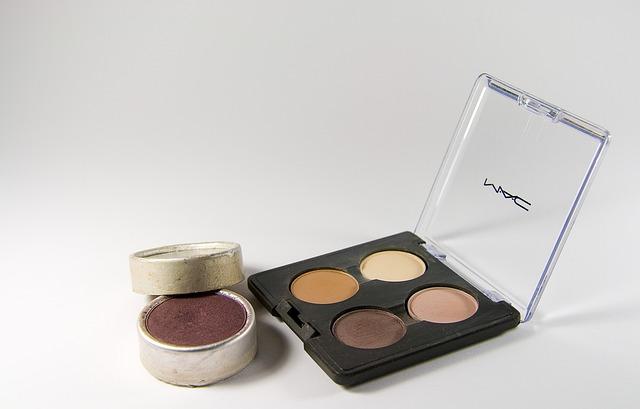In the vibrant world of beauty, where shimmering palettes and velvety foundations promise to transform, there’s an undercurrent that can disrupt even the most glamorous routine—unexpected allergic reactions. Imagine this: you’ve just applied your favorite lipstick, a hue that perfectly complements your mood, only to find your lips tingling and swelling instead of simply stealing the spotlight. In a realm where flawless is the goal, the reality of allergic reactions lurks beneath the surface, posing a silent challenge to makeup enthusiasts everywhere. Could your trusted beauty arsenal be the culprit behind those sudden flare-ups? As we delve into the captivating chemistry of cosmetics, prepare to uncover the hidden truths and navigate the delicate balance between beauty and well-being with newfound confidence.
Understanding Common Allergens in Your Makeup Bag
Our beloved beauty products can sometimes be the culprit behind unexpected skin irritations. Fragrances, often added to make cosmetics more appealing, are a top allergen. These sneaky irritants can cause redness and itching without you realizing the source. Another common offender is preservatives. While they extend the shelf life of your products, ingredients like parabens and formaldehyde-releasing agents can lead to allergic reactions.
When it comes to pigments, nickel found in certain color additives might trigger sensitivities. And let’s not forget about lanolin, a natural ingredient often used for its moisturizing properties, which can cause issues for those with sensitive skin. To keep your skin happy, consider choosing hypoallergenic products and always perform a patch test before trying new makeup.

Decoding Labels: What to Look for to Avoid Allergic Reactions
When it comes to selecting makeup products, the fine print on the back of the packaging is your best friend. Understanding how to decode these labels is crucial for avoiding allergic reactions. Start by looking for common allergens such as fragrance, preservatives like parabens, and dyes. These ingredients can often trigger sensitivities, so it’s wise to be cautious if you have a history of allergies.
- Fragrance-Free: Opt for products that specifically mention being fragrance-free, as fragrances are one of the top causes of skin irritation.
- Hypoallergenic: While not a guarantee, hypoallergenic products are formulated to minimize the risk of allergic reactions.
- Non-Comedogenic: This label indicates that the product is less likely to clog pores, reducing the chance of breakouts that can accompany allergic responses.
- Ingredient List: Familiarize yourself with ingredient names and steer clear of any that have caused past reactions. If you see a long list of chemicals you can’t pronounce, it might be a red flag.
Always perform a patch test before fully incorporating a new product into your routine. This small step can save you from the discomfort of a full-blown allergic reaction. Remember, knowledge is your most powerful tool when it comes to safeguarding your skin.

Expert Tips for Choosing Hypoallergenic Beauty Products
When it comes to choosing beauty products that are gentle on your skin, navigating the world of hypoallergenic options can be a daunting task. Here are some expert tips to help you make informed decisions and avoid pesky allergic reactions. First, read the ingredient list carefully. Look for products that are free from common allergens such as fragrances, parabens, and sulfates. Ingredients like aloe vera, chamomile, and green tea are often soothing for sensitive skin.
Consider doing a patch test before fully committing to a new product. Apply a small amount to a discreet area of your skin and wait 24-48 hours to see if any irritation occurs. Additionally, opt for minimalist formulations. Products with fewer ingredients often mean fewer chances of a reaction. When possible, choose brands that have a reputation for being gentle and transparent about their ingredient sourcing. consult with a dermatologist or allergist to tailor your beauty routine to your specific needs, ensuring that your skin stays radiant and reaction-free.



